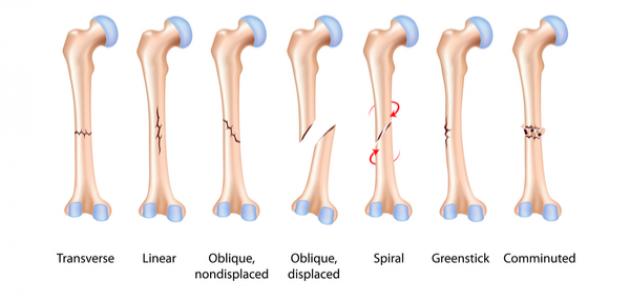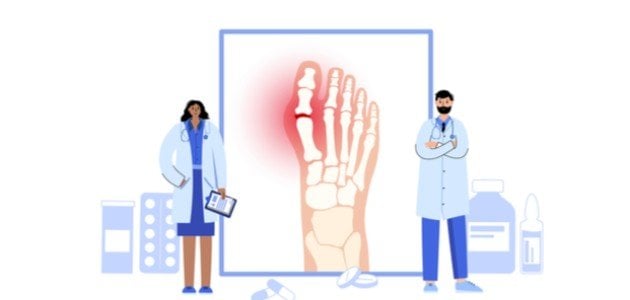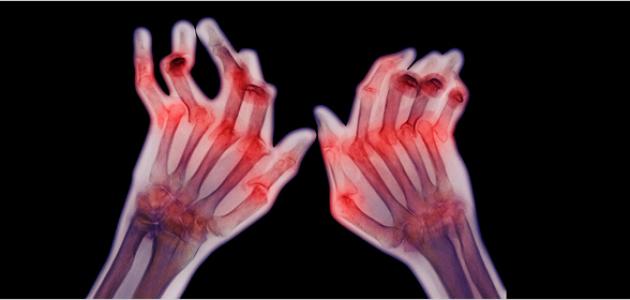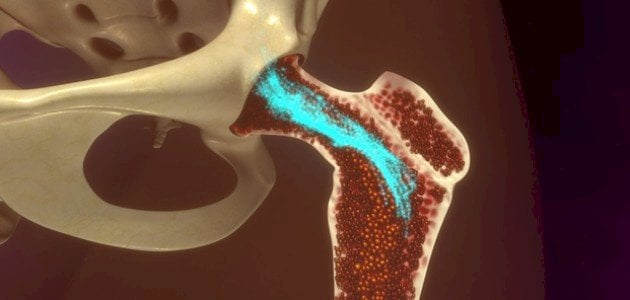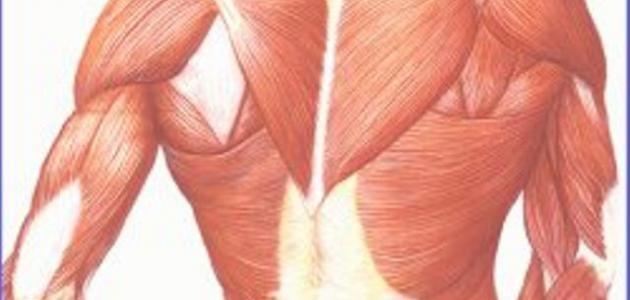fractions
A fracture is defined as a condition in which a break occurs in the bone, which leads to the bone splitting into two or more parts depending on the strength of the shock. It is noteworthy that this injury is a common occurrence for many people, especially after aging. To treat these fractures, they are repaired using a plaster cast. Or by surgical intervention, and to indicate the success of this operation, the member will exhibit a set of symptoms and signs that we will introduce you to in this article.
Orthopedic signs
The signs of orthopedic repair are the normalization of the shape of the affected limb and the cessation of pain, with the possibility of reusing the affected part with ease. It is possible to confirm the repair of the fracture by taking an x-ray. The time of repair and healing of the fracture depends on a group of factors: the type of fracture, its location, in addition to Depending on the patient's age, it takes about six weeks for the bone to fuse in children, and three months in adults, but it may take longer than that in elderly people.
Causes of fracture
- A direct blow to the bones, such as being in a traffic accident or falling from a high height.
- An indirect blow to the bone, which is represented by the breaking of a certain bone due to falling on another bone. For example, the breaking of the humerus as a result of falling on the hands.
- Sudden and strong muscle contraction causes separation of bone spurs.
- Aging, or suffering from some diseases related to bone strength, such as fragility or softness, which result from a low percentage of calcium in the body.
Read also:Lumbar spondylitis
Types of fractures
- Minor fractions: These are fractures that do not result in any wound or scratch that may lead to infection and inflammation.
- Compounded fractions: It is the opposite of the previous type, as it results in wounds resulting from the bone leaving the body, such as fractures that affect the lower jaw.
- Compound fractions: It results in injuries to the tissues, blood vessels, or nerves surrounding the fracture, such as: fractures that affect the chest ribs, causing lacerations in the lungs, for example.
Forms of fractions
- comminuted fractures.
- Overlapping fractions.
- Depressed fractures.
- Compact fractures.
- Spiral fractures.
- Oblique fractures.
- Transverse fractures.
- Stress fractures.
Symptoms of a bone fracture
- Constant and immediate pain that resembles a pulse, and an increase in pain, especially when moving the affected part.
- Swelling, and a feeling of heat and heat at the site of the injury.
- The presence of a deformity in the shape and appearance of the bone.
- Visible bruises at the site of injury.
- Movement problems include inability to move.
- Hearing a crackling sound coming from the affected part.
